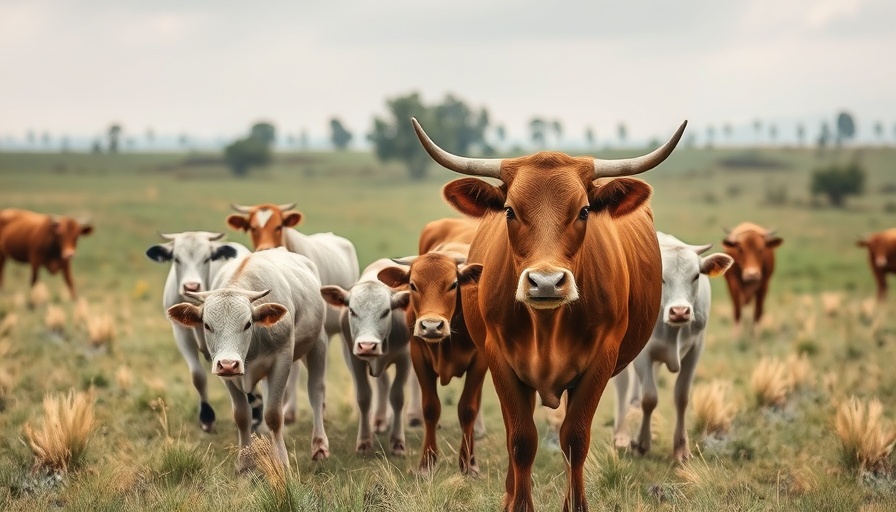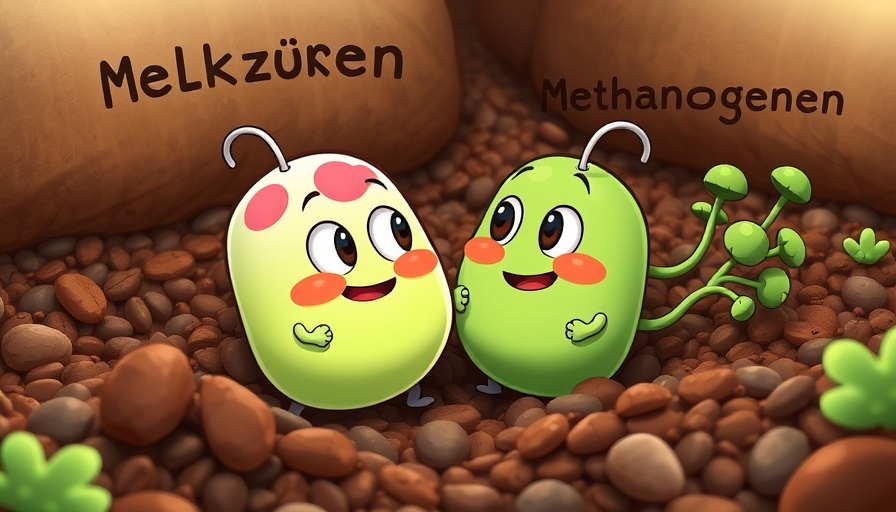
Understanding the Current State of Cattle Welfare in the EU
The recent report by the European Food Safety Authority (EFSA) highlights a critical issue: the lack of adequate living space for beef cattle across the European Union. As agrarians become increasingly concerned with the welfare of livestock, the findings of this report stress the necessity for better housing conditions, emphasizing that inadequate space and hard flooring lead to significant stress and discomfort in cattle. This calls attention not only to welfare issues but also to the broader implications on meat production and industry standards.
Current Housing Practices and Their Implications
EFSA identifies that numerous cattle within Europe are kept in environments that fail to meet their basic needs. The recommended standards include soft bedding, substantial outdoor access, and social stability. The lack of these elements can result in behavioral and physiological stress in cattle, leading to adverse effects on meat quality and producer profitability. It posits that changing these practices will not only enhance animal welfare but also improve the overall quality of meat that consumers receive.
The Risk of Extreme Breeding Practices
The EFSA report also cautioned against breeding cattle for extreme physical traits like hypermuscularity, which can exacerbate welfare issues. The focus on such traits has raised concerns about the long-term consequences on the health and wellbeing of these animals. Stakeholders are encouraged to reconsider breeding practices in alignment with the welfare standards outlined by EFSA. By doing so, producers can help shift towards more sustainable farming practices that prioritize animal health.
Future Directions for Cattle Welfare
Going forward, it is crucial to implement EFSA's recommendations for state-of-the-art welfare assessment methods in slaughterhouses, including evaluations of injuries such as lung and skin lesions. This step would not only help in monitoring the health of cattle but also in establishing accountability among producers regarding the treatment of livestock throughout their lives. The EFSA report urges continued research into the optimal living conditions and dimensions conducive to better cattle welfare.
Impacts on Legislation and Farming Practices
Current regulations around cattle welfare are largely generalized, which does not accurately represent the specific needs of beef cattle. The EFSA provides a pivotal framework designed to establish robust legislative guidelines. Emphasizing the importance of adequate living space, regular access to food and water, and methods for pain reduction during physical interventions, it is pivotal for policymakers to consider these insights when crafting future regulations. The agriculture sector stands on the brink of potential reform that uplifts both animal welfare and productivity standards.
A Call to Action for Agrarians
As the beef industry faces growing scrutiny from consumers who are increasingly aware of animal welfare issues, it’s imperative for agrarians to take these findings seriously. Improving cattle housing conditions is not only beneficial from an ethical standpoint but also aligns with broader market trends favoring humanely raised products. Thus, the industry should engage fully with EFSA’s recommendations, prioritizing the implementation of best-practice housing and breeding strategies that harmonize animal welfare with profitability.
 Rij toevoegen
Rij toevoegen






Write A Comment